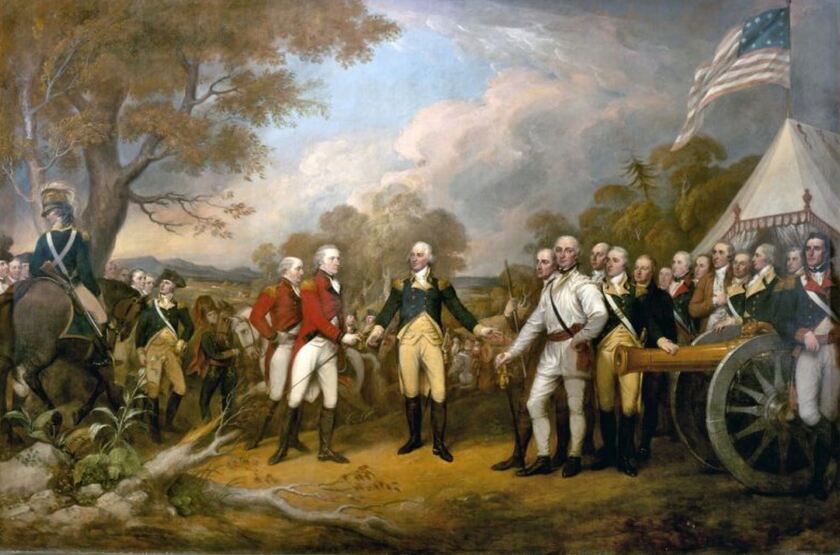On this day in 1945, kamikazes plow into American warships near Iwo Jima. One aircraft carrier, the USS Bismarck Sea, was fatally wounded. A handful of other American ships were also hit, but they managed to stay afloat.
One observer would later say that there were so many Japanese planes that “they looked like a swarm of flies on a boarding house table.”
When most Americans think of the Battle of Iwo Jima, they think of the difficult Marine landings during February 1945. But there were losses at sea, too. Some of those men were living through a hell of their own.
Trouble began late on February 21, just as night was falling. Little did anyone know it, but the American warships hovering near Iwo Jima were in danger. Dozens of kamikazes had left Tokyo earlier that day, and they were headed straight toward the Americans.
The kamikazes hit many ships, but Bismarck Sea took the worst of it. A Japanese pilot had come in, flying low and swerving around the stern of an American destroyer. What was Bismarck Sea to do? It couldn’t fire at the kamikaze without also firing at the destroyer.
The story continues here: https://www.taraross.com/post/tdih-uss-bismarck-sea
#TDIH #OTD #History #USHistory #liberty #freedom #ShareTheHistory
Happy Thanksgiving! Ronald Reagan's 1986 Proclamation has some interesting food for thought today, and it sort of goes along with the story I posted on Tuesday about Revolutionary War Thanksgivings. I hope everyone has a wonderful day with family and friends.
Ronald Reagan said:
"Perhaps no custom reveals our character as a Nation so clearly as our celebration of Thanksgiving Day. Rooted deeply in our Judeo-Christian heritage, the practice of offering thanksgiving underscores our unshakeable belief in God as the foundation of our Nation and our firm reliance upon Him from Whom all blessings flow. Both as individuals and as a people, we join with the Psalmist in song and praise: ``Give thanks unto the Lord, for He is good.''
One of the most inspiring portrayals of American history is that of George Washington on his knees in the snow at Valley Forge. That moving image personifies and testifies to our Founders' dependence upon Divine Providence during the darkest hours of our Revolutionary...

On this day in 1746, a future Patriot is born. Robert Livingston’s name is one that most Americans don’t recognize, but perhaps they should. He played a critical role in several founding events.
Did you know that he is the one standing next to George Washington in portraits of the first inauguration? Or did you know that Livingston obtained the territory that would become Louisiana, Arkansas, and Missouri—to say nothing of states such as Oklahoma, Kansas, and Nebraska?
Livingston was an early supporter of the Patriot cause, opposing the Stamp Act as early as 1765. He was a well-regarded statesman, and he was soon representing New York in the Continental Congress. As a delegate, he was given at least one important task: He was asked to sit on a Committee of Five, charged with drafting the Declaration of Independence.
The story continues here: https://www.taraross.com/post/tdih-robert-livingston

At about this time in 1941, the fourth Thursday in November officially becomes a national holiday. You may know about modern Thanksgiving Day celebrations, but did you know that thanksgiving also played an important role in the American Revolution?
Indeed, as Commander-in-Chief of the Continental Army, George Washington fully supported public displays of gratitude as a vital part of a well-functioning army.
The events of October 1777 were a case in point. Americans won an important victory at Saratoga, and Washington promptly credited Divine Providence.
“Let every face brighten, and every heart expand with grateful Joy and praise to the supreme disposer of all events, who has granted us this signal success,” Washington’s General Orders of October 18 declared. “The Chaplains of the army are to prepare short discourses, suited to the joyful occasion . . . .”
The story continues here: https://www.taraross.com/post/tdih-thanksgiving-revolution














